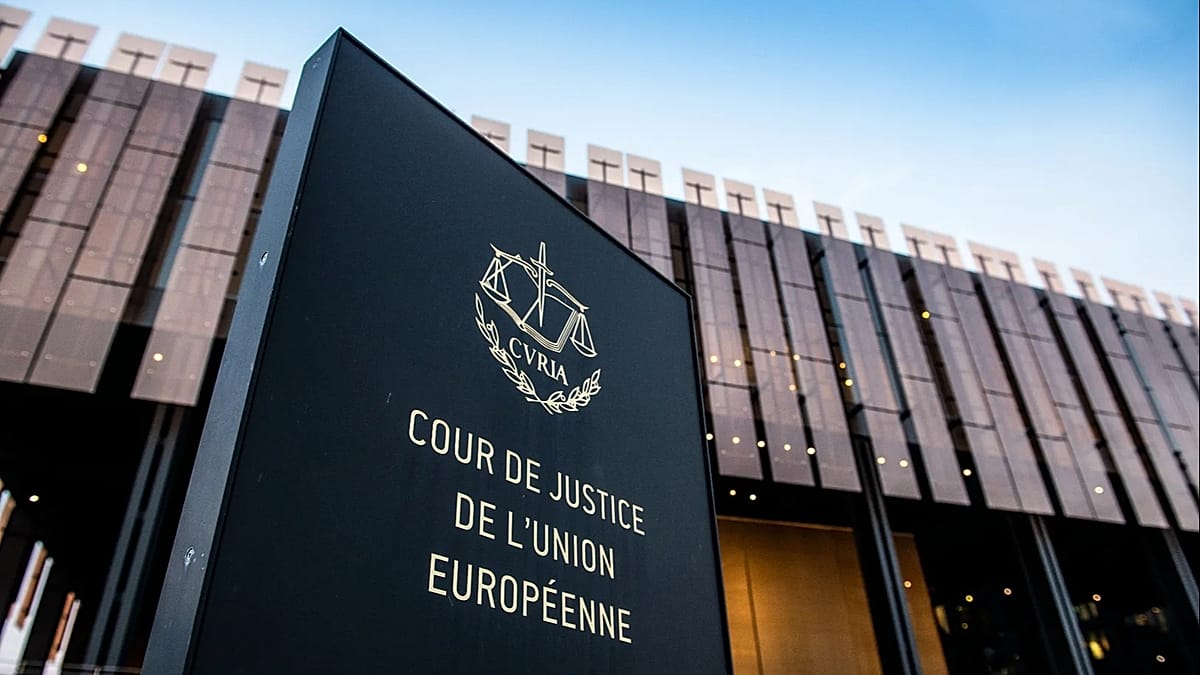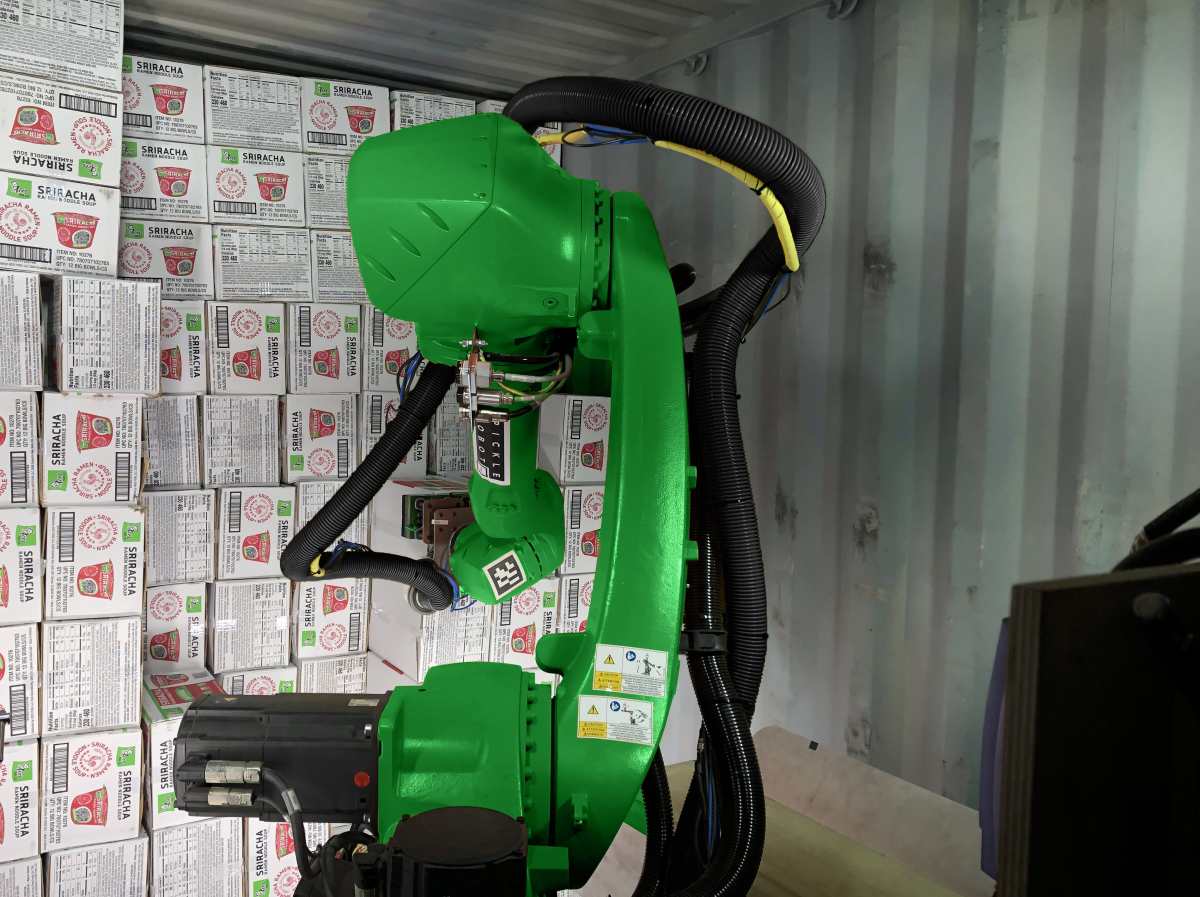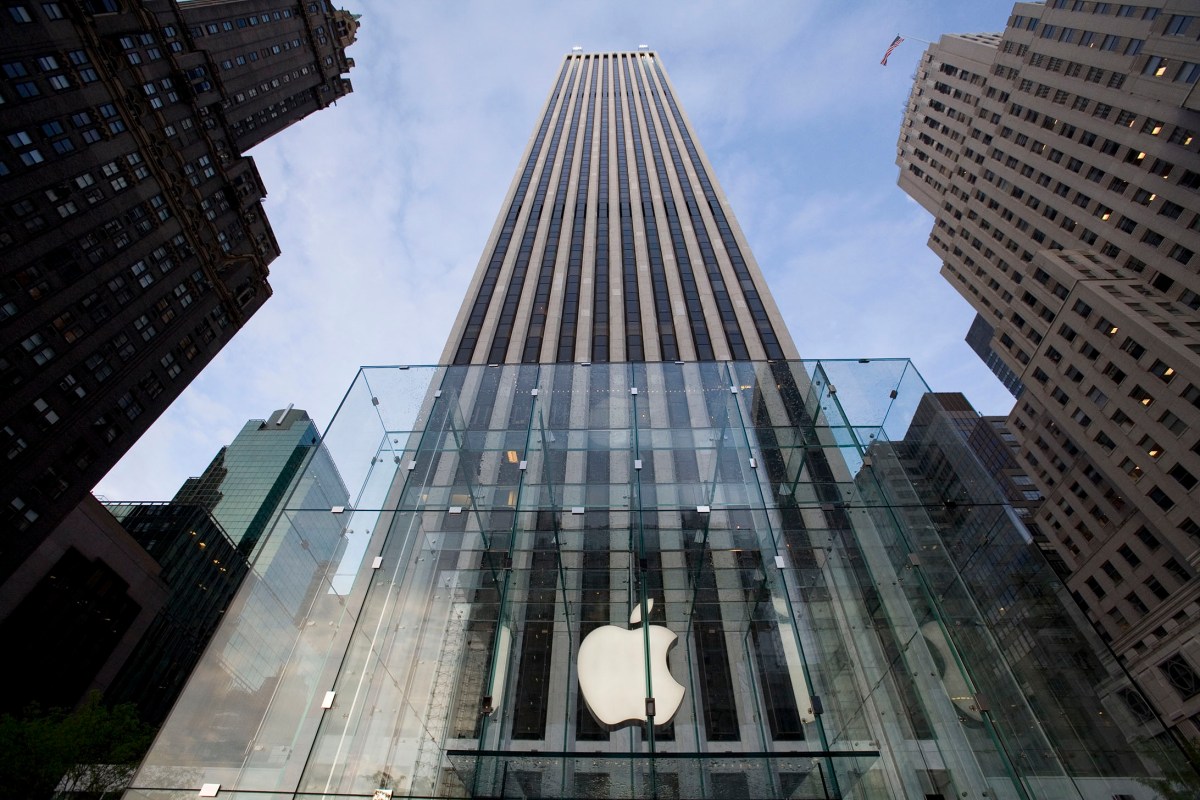What Entrepreneurs Should Do After an Employee Car Crash

When an employee is involved in a car crash while performing work-related duties, it creates an immediate and complex challenge for business owners. Beyond the concern for the employee’s safety, entrepreneurs must also consider the potential legal, financial, and reputational consequences for their company.
An employee car accident can disrupt operations, trigger insurance claims, and even expose the business to liability. Knowing how to respond in those critical first hours and days can protect both your employee and your company’s long-term interests.
Understanding Employer Responsibility in Employee Car Accidents
When an employee drives for work—whether delivering goods, visiting clients, or running company errands—the business can sometimes be held responsible for accidents that occur during those duties. This legal concept, known as vicarious liability, means that an employer may be accountable for damages caused by an employee acting within the scope of their job.
Even if the employee was driving a personal vehicle, the business could still face exposure if the trip was work-related. Entrepreneurs must therefore take immediate, informed steps after an accident to minimize risk and maintain compliance with insurance and labor laws.
Consulting the car accident attorneys at DePaolo & Zadeikis early in the process can help ensure the business’s legal interests are protected while supporting the injured employee’s recovery and claim process.
Step One: Prioritize Employee Safety
The first and most important step following an employee car crash is to ensure the well-being of the driver and any passengers involved. Entrepreneurs should encourage employees to seek immediate medical attention, even if injuries appear minor. Many accident-related injuries—such as whiplash or internal trauma—may not be immediately apparent.
If the business has a designated safety protocol, it should be activated right away. Managers should verify that emergency services have been contacted and that all relevant details are documented, including the time, location, and circumstances of the crash.
For larger organizations, this may involve notifying a human resources or risk management department. For smaller businesses, the responsibility often falls directly on the owner or managing partner.
Step Two: Secure the Necessary Documentation
Accurate documentation is crucial after any workplace-related car accident. The employee should complete an accident report detailing how the incident occurred, who was involved, and any property damage or injuries sustained. Photos, police reports, and witness statements can provide additional support for insurance claims or legal proceedings.
Entrepreneurs should also collect copies of medical reports, repair estimates, and correspondence with insurance providers. These records are vital for demonstrating due diligence and protecting the company against potential disputes.
In situations involving serious injury or disputed liability, consulting a top-rated car crash attorney ensures that all necessary documentation is preserved and used effectively in any legal or insurance claims that follow.
Step Three: Notify the Appropriate Insurance Providers
Once immediate safety concerns are addressed, entrepreneurs should contact their insurance provider to report the accident. If the employee was driving a company-owned vehicle, the business’s commercial auto policy will typically apply.
For employees driving personal vehicles on company time, the claim process may be more complex. The employee’s personal auto insurance may cover initial damages, while the employer’s policy could apply if the accident occurred within the course of employment.
Providing clear and accurate information to insurers is essential to prevent claim delays or denials. Business owners should avoid making assumptions about liability or offering statements that could later be used against them. Legal counsel can help ensure communications are handled appropriately.
Step Four: Evaluate Legal Liability and Compliance
Understanding where the company stands legally is essential after an employee car crash. Entrepreneurs should determine whether the employee was acting within the scope of their job duties at the time of the accident. If they were running personal errands, attending to non-work matters, or violating company policy, the business may not be liable.
On the other hand, if the employee was performing legitimate work tasks, the company could be held responsible for damages caused to others. This underscores the importance of reviewing employee driving policies and ensuring that all staff members authorized to drive for work maintain valid licenses, adequate insurance, and clean driving records.
A consultation with the car accident attorneys at DePaolo & Zadeikis can provide clarity on how state laws interpret employer responsibility, helping entrepreneurs navigate liability questions and reduce exposure to costly claims.
Step Five: Communicate Internally and Externally with Care
How a business communicates after an employee car crash can significantly influence its reputation. Transparency is important, but so is discretion. Employers should inform internal stakeholders of the situation without revealing unnecessary personal details.
If the accident involves third parties, property damage, or public attention, an official company statement may be necessary. This should focus on expressing concern for those affected and a commitment to investigating the matter, avoiding speculation or admission of fault.
Maintaining empathy and professionalism helps reinforce the company’s values and can preserve relationships with clients, partners, and the public.
Step Six: Review Workplace Safety and Transportation Policies
After addressing the immediate aftermath, entrepreneurs should take the opportunity to evaluate existing company policies regarding employee driving. Many accidents reveal gaps in training, vehicle maintenance, or supervision.
Policies should clearly define when employees are authorized to drive for work, what vehicles may be used, and the procedures for reporting accidents. Regular driver safety training and motor vehicle record checks can also help reduce future risks.
If the company operates a fleet of vehicles, establishing a preventive maintenance program and using vehicle tracking technology can further enhance accountability and safety.
Step Seven: Provide Support for the Affected Employee
An employee car crash can be traumatic, both physically and emotionally. Employers should support their workers by ensuring they have access to medical care, workers’ compensation benefits, and time to recover.
Maintaining open communication demonstrates compassion and builds trust. If the employee is found at fault, the company must still handle the situation fairly, balancing accountability with empathy.
Partnering with a top-rated car crash attorney can help guide the business through any potential disputes, disciplinary actions, or claims related to the incident while ensuring compliance with employment and labor laws.
Step Eight: Learn from the Incident
Every workplace accident presents an opportunity for improvement. Entrepreneurs should conduct a post-incident review to understand the root cause of the accident and identify preventive measures.
This review should include discussions with the affected employee, management, and, if applicable, safety consultants or insurance representatives. Implementing changes based on these findings demonstrates proactive leadership and reduces the likelihood of future incidents.
A company that learns from challenges and takes corrective action can emerge stronger, more resilient, and better equipped to protect both its people and reputation.
The Role of Legal Counsel in Managing Employee Accidents
Employee-related car crashes often involve overlapping issues of employment law, insurance coverage, and liability. Having experienced legal representation helps entrepreneurs manage these complexities effectively.
The car accident attorneys at DePaolo & Zadeikis have extensive experience handling workplace-related motor vehicle accidents. They can guide businesses through the claims process, help determine liability, and ensure compliance with all applicable laws.
Additionally, consulting a top-rated car crash attorney provides an added layer of protection if litigation arises. These attorneys can represent the business in negotiations, court proceedings, or insurance disputes, helping minimize financial losses and reputational harm.
Building a Culture of Responsibility and Safety
Ultimately, how a company responds to an employee car crash reflects its culture and values. Entrepreneurs who emphasize safety, accountability, and empathy are better positioned to protect their teams and maintain public trust.
By establishing clear policies, providing driver training, and ensuring compliance with state and federal regulations, business owners can reduce the risk of future incidents and demonstrate leadership in crisis management.
Even in difficult situations, businesses that act decisively, transparently, and responsibly often find that their reputation emerges stronger than before.
The post What Entrepreneurs Should Do After an Employee Car Crash appeared first on Entrepreneurship Life.


















































